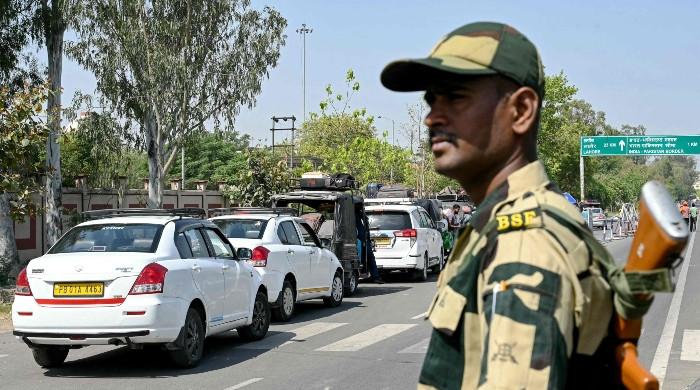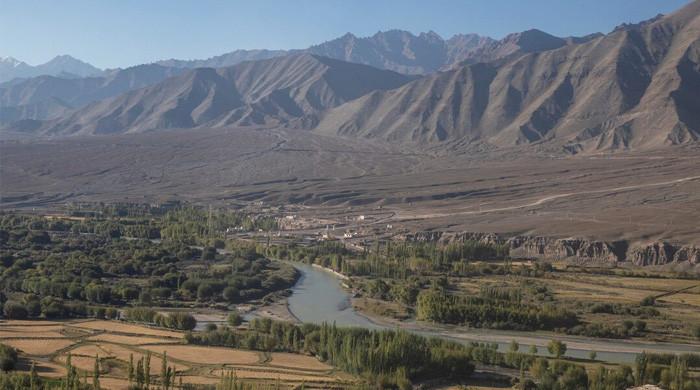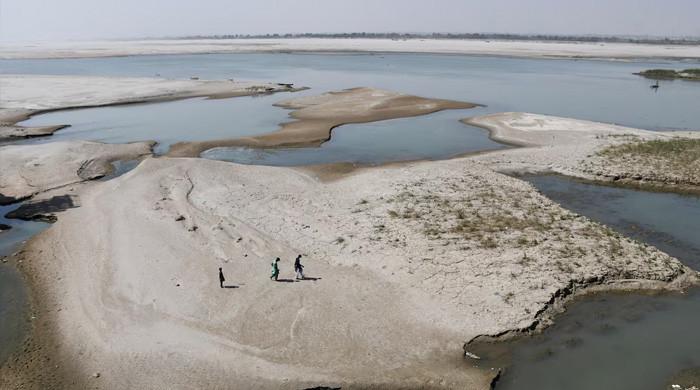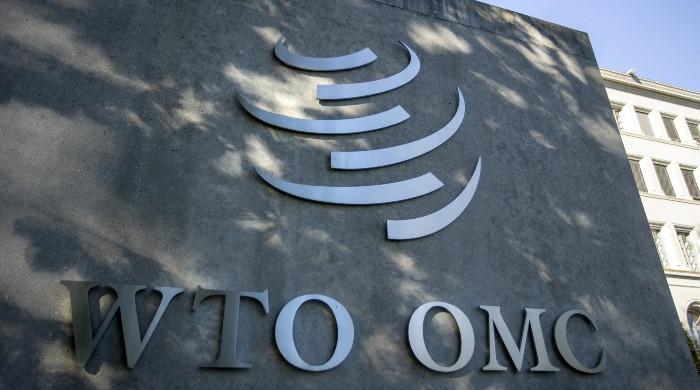Is India's military ready for a hot war?
Red alert: the IAF currently fields approximately 31 squadrons
April 29, 2025
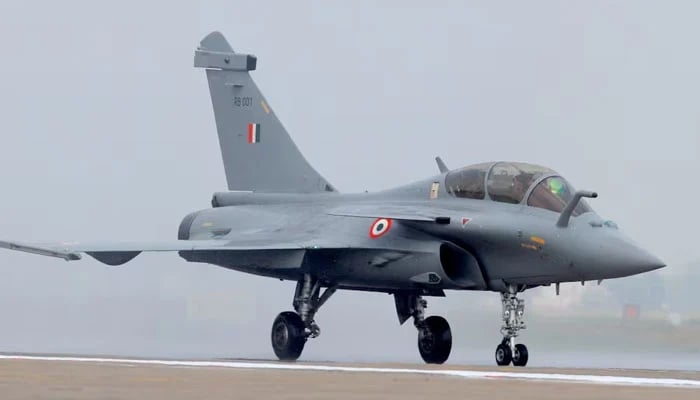
Is the Bharatiya Sena, the Indian Army, with its 1.2 million active-duty personnel, mission-ready for a potential hot war, characterised as a large-scale, high-intensity conventional engagement involving manoeuvre warfare and combined arms operations?
Is the Indian Air Force (IAF) operationally capable, with sufficient sortie generation rates, integrated air defence systems and combat-ready assets to dominate contested airspace?
Here's one foundational air combat metric: Doctrinal air superiority requirements stipulate a minimum of 42 fighter squadrons to neutralise a two-front kinetic threat in a high-intensity conventional engagement. Red alert: the IAF currently fields approximately 31 squadrons, reflecting a critical deficit of over 200 airframes, severely constraining its combat-effective force projection.
For the record, the IAF's obsolescent platforms, such as the recently decommissioned MiG-21, have not been sufficiently recapitalised with modern multirole fighters.
The Tejas Light Combat Aircraft, despite its potential as a fourth-generation platform, is hampered by persistent production bottlenecks, with Hindustan Aeronautics Limited (HAL) grappling to fulfill the 2021 contract for 83 Tejas Mk-1A jets, critical for bolstering squadron strength and operational readiness.
Here's another foundational air combat metric: The Rafale fleet, capped at a mere 36 jets, is woefully insufficient for executing deep-strike missions requiring precision-guided munitions and standoff capabilities against a peer adversary like Pakistan, particularly in contested environments demanding robust electronic warfare and survivability against integrated air defence systems.
Here's another foundational air combat metric: the IAF faces a shortage of trained pilots, with a pilot-to-aircraft ratio below the ideal 1.5:1, exacerbated by delays in simulator-based training for new platforms like the Rafale.
In a hot war, where rapid decision-making and specialised skills are critical, these manpower gaps could prove catastrophic against well-trained adversaries.
Transitioning to the Bharatiya Sena, a Comptroller and Auditor General of India (CAG) report underscored critical shortfalls in three key munitions categories: artillery projectiles, main battle tank (MBT) ammunition, and anti-tank guided missiles (ATGMs).
Current stockpiles are alarmingly limited, sufficient for only 10 days of high-intensity kinetic operations, and starkly deficient against the mandated 40-day war wastage reserve (WWR) required for sustained combined arms engagements.
For the record, the Bharatiya Sena's artillery modernisation programme, encompassing 155mm towed and self-propelled howitzers, remains critically delayed, with only 145 M777 ultra-light howitzers integrated into the force structure against a projected requirement of 1,500 systems.
Persistent deficiencies in critical munitions stockpiles and combat-essential equipment continue to erode the army's capacity to sustain protracted high-intensity manoeuvre warfare operations.
India's border infrastructure along the Line of Control (LoC) and contiguous sectors remains severely underdeveloped, hampering sustained operational readiness against Pakistan. Inadequate hardened fortifications in LoC-adjacent areas expose Indian positions to Pakistan's precision-guided munitions and cross-border artillery barrages.
Indian military's deficiencies in real-time ISR (Intelligence, Surveillance, and Reconnaissance) infrastructure along the LoC impede situational awareness, leaving Indian forces vulnerable to Pakistan's asymmetric tactics and rapid mobilisation.
In the face of a high-intensity hot war, the Bharatiya Sena and Indian Air Force confront four critical deficiencies: combat-ready airframes, munitions stockpiles, border infrastructure, and ISR capabilities.
With depleted fighter squadrons, inadequate war wastage reserves, and underdeveloped LoC fortifications, India's forces are ill-equipped to execute sustained combined arms operations or dominate contested battlespaces against peer adversaries like Pakistan. These gaps, compounded by manpower shortages and delayed modernisation, risk catastrophic failure in high-intensity manoeuvre warfare.
Originally published in The News




